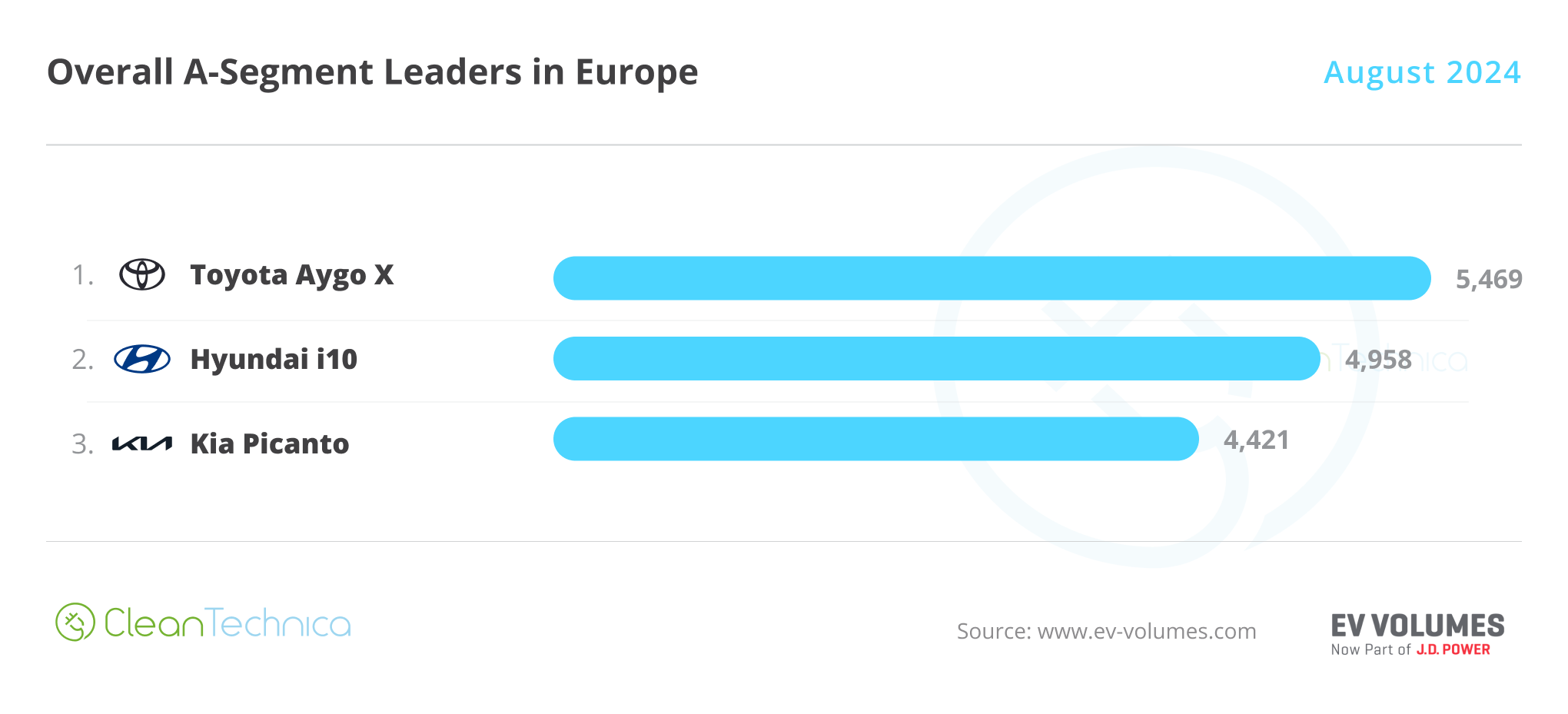Sign up for daily news updates from CleanTechnica on email. Or follow us on Google News!
Two trends have emerged in recent years to support the US solar energy industry. One is agrivoltaics and the other is community solar. For the most part they have been operating on separate tracks, but a raft of new projects in Massachusetts indicates that agrivoltaics and community solar are merging into a powerful new super-trend that will shut the door on fossil-fueled power plants once and for all.
Agrivoltaics And Community Solar
Agrivoltaics represents a sea change in the development strategy for utility-scale rural solar projects. In the early 2000’s, solar developers preferred gravel or other low-maintenance ground cover. Solar panels were still relatively expensive back then. To cut costs, developers kept racking systems as short as possible and spent the bare minimum on ground preparation.
Now that the cost of solar panels has plunged, solar developers have some room to invest in alternative strategies while still offering ratepayers the opportunity to reduce their utility bills. That has opened the door to agrivoltaics, in which developers invest in specialized racking systems and new solar technologies that are designed to enable farming activities within the solar array.
Livestock grazing and pollinator habitats have dominated the agrivoltaic field to date. Researchers are also compiling a knowledge base that enables agrivoltaic arrays to expand into food crops for humans (see more solar-plus-farming background here).
Meanwhile, the community solar movement has also been taking a ride-along with the falling cost of solar energy.
Community solar projects provide a way for everyone to support solar power in their area. If ratepayers don’t have the opportunity or desire to install their own solar panels, they can subscribe to a nearby community solar array. In past years they also had to pay a premium for solar access, but now the typical community solar subscriber is likely to see their utility bills fall.
New Agrivoltaic Projects For Massachusetts, With A Community Solar Twist
Massachusetts was among one of the first states to come across the CleanTechnica agrivoltaics radar back in 2019, when agricultural planners in the state went scouting for ways to sustain the state’s cranberry industry.
By 2021 the cranberry farming angle was beginning to attract interest with an assist from the Massachusetts SMART solar incentive program, though a hitch related to the kind of poles used to elevate the solar panels slowed things down. In the meantime, the agrivoltaic movement has exploded all across the US with hundreds of dual-use solar projects currently under way.
In Massachusetts, the SMART program continues to support new agrivoltaic projects. The latest development is a suite of five new agrivoltaic projects with a community solar element, under the umbrella of the solar developer and certified B Corp BlueWave. All together, the projects will have a capacity of almost 20 megawatts alongside a storage capacity of almost 30 megawatt-hours.
“Each of the solar projects are uniquely designed to allow for uninterrupted farming operations beneath the solar arrays with sites featuring a varied selection of crops and pollinator-friendly livestock grazing operations,” BlueWave explained in a press release on August 22.
The community solar element is exemplified by Lowell General Hospital, which stepped up to serve as an anchor partner for two projects, in Palmer and Haverhill. The arrangement commits the hospital to receive half of the energy energy capacity from the two projects, resulting in lower utility bills. BlueWave also notes that the projects provide low-income residents with access to low-cost clean energy, without having to pay up front for solar panels.
“As the solar farm generates electricity, utilities measure the amount produced and assign that energy a dollar value in the form of a solar credit, which is applied to subscribers’ monthly electricity bills, reducing what residents owe,” BlueWave explains.
Saving Money, Helping Farmers
The SunSmart Ames Community Solar Project near the Ames Municipal Airport in Ames, Iowa, is another good example of the interplay between agrivoltaics and community solar projects. Commissioned in 2020, the 10-acre solar array was initially developed only for electricity production. Earlier this year the Ames Tribune noted that the project has recruited a local sheep farmer to graze his sheep at the site. The cost-cutting measure eliminates carbon emissions from mowing equipment while supporting a local agricultural business.
Citing sheep owner Chad Steenhoek in a City of Ames press release, the Tribune also teased out how strategic grazing can help restore depleted soil.
“With targeted grazing by sheep, we’re able to eat the vegetation in a manner that stores more carbon in the ground,” Steenhoek explains. “By storing more carbon, we improve soil life in the soil. As the soil improves, that creates a better environment for grass. It’s a good cycle.”
How The Agrivoltaic Movement Can Move The Rural Solar Needle
Don’t just take his word for it. In their August 22 press release, BlueWave notes that it works with the farmland conservation efforts of the organization American Farmland Trust, which credits itself with launching the conservation agriculture movement. “Since our founding in 1980, AFT has helped permanently protect over 8 million acres of agricultural lands, advanced environmentally-sound farming practices on millions of additional acres and supported thousands of farm families,” the organization explains.
Support from AFT comes at a crucial time for US the solar industry, which is facing opposition to utility-scale solar projects in rural areas. Part of the argument against rural solar is that energy production is an inappropriate use of farmland and a bad fit for rural communities. Both of those issues are undercut when farming can continue and local ratepayers benefit from lower utility costs.
Keep an eye on a community solar/agrivoltaic project called Grafton Solar, located at Knowlton Farms in Grafton, Massachusetts. AFT describes the 2-megawatt solar plus storage project as a “living laboratory” to explore best practices for dual-use farming, with solar panels elevated a minimum of 10.5 inches above the ground. The array was also constructed with more space between the rows of panels, to enable farm equipment to pass through.
Along with AFT and BlueWave, other stakeholders in the project include the global energy firm AES Corporation, the solar-plus-storage developer Borrego, the University of Massachusetts, and the leading agrivoltaic services provider SolAg.
In a YouTube video about the project, AES indicates that its long-term interest involves balancing agricultural opportunities with the increased cost of materials and construction, so stay tuned for more on that.
Follow me via LinkTree, or @tinamcasey on Threads, LinkedIn, and Instagram.
Photo (cropped): The US solar developer BlueWave has launched a suite of five agrivoltaic projects in Massachusetts, including a community solar angle that benefits local ratepayers as well as farmers (courtesy of BlueWave).
Have a tip for CleanTechnica? Want to advertise? Want to suggest a guest for our CleanTech Talk podcast? Contact us here.
Latest CleanTechnica.TV Videos
CleanTechnica uses affiliate links. See our policy here.
CleanTechnica’s Comment Policy





